New images from Google Earth show that Yulin has become China’s most critical naval base for its nuclear subs and has consequences for India.
Yulin Bay in China’s Hainan Island in the south is the only base from where Chinese submarines, especially the nuclear ones, can move into the deep ocean without being detected or intercepted.
An analysis of Google Earth images of 1 September 2017 shows how this base has grown in importance since its construction began in 2001 to become one of the most critical for the Chinese Navy with strategic implications for India.
Yulin is a strategic nuclear ballistic missile-carrying submarine base with an underground tunnel facility for storage and maintenance. This base provides China’s nuclear subs ease of access to the South China Sea and thus to the Indian Ocean region (IOR) and in turn to the Indo-Pacific waters without being detected.
It is, at present, the only base with a permanent deployment of Chinese nuclear submarines of Type 94 Jin class and Type 91 Han class and/or Type 93 Shang class.
The unchallenged access to IOR will allow the PLA Navy (PLAN) to closely monitor all Indian Navy traffic, especially India’s second-strike capabilities at sea, and an opportunity for interception whenever the need arises.
Yulin is also significant because of the ease with which it allows PLAN to launch its boats against Indian targets, both at sea and on land.
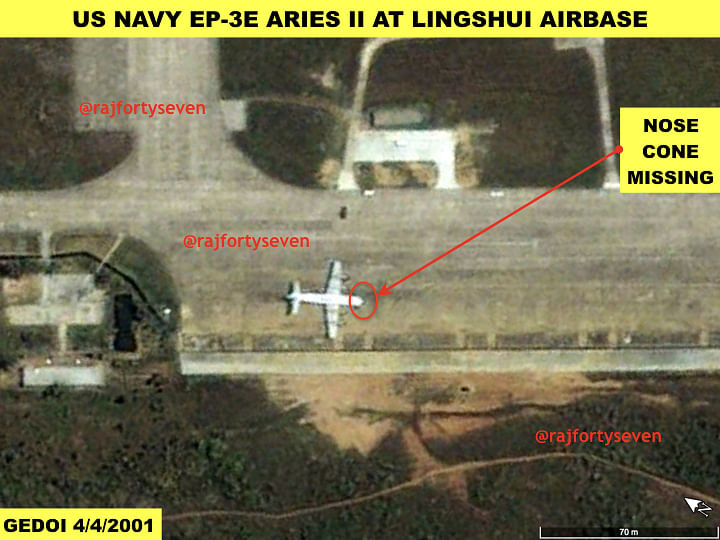
The importance of Yulin Bay became known when a signals intelligence (SIGINT) aircraft of the US Navy force-landed at Lingshui airport on 1 April 2001. The plane was monitoring the construction work of a tunnel at the strategic Yulin Bay.
The AN/APS-115 navigation radar scanner of the aircraft was damaged in a collision with a Chinese fighter plane, forcing the former to force-land in Chinese territory.
The crew was returned after diplomatic deliberations but the aircraft was retained apparently for reverse engineering. China’s SIGINT programme gathered pace after this incident.
Overview of the naval base
The Yulin Bay submarine base is about 15 km east of Yulin Harbour and Sanya city on the southern tip of Hainan Island. Construction started somewhere in 2000 and continued until 2007. Expansions and additions continued until 2010.
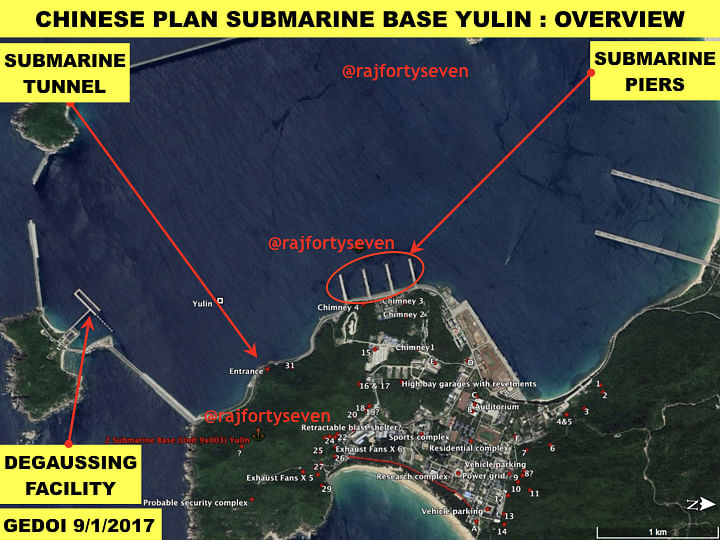
The area confined by two breakwaters has a submarine tunnel, four main submarine piers, one large support pier and two long piers for support fleet parking. There are seven high-bay garages with revetments in between, probably for maintenance and repair of missiles.
There is also an administrative and residential complex making it a completely independent entity.
Submarine tunnel
There is a submarine tunnel with an entrance of 16-20 m width. The construction of this tunnel, probably based on a Russian design, had started in 2000.
There are at least 30 ground tunnels, possibly interconnected with each other, and the submarine tunnel. A track of 7 m wide (overall) and 1,450 m long rail in between these tunnels has been provided with overhead protection. These tracks are probably for transshipment of munitions.
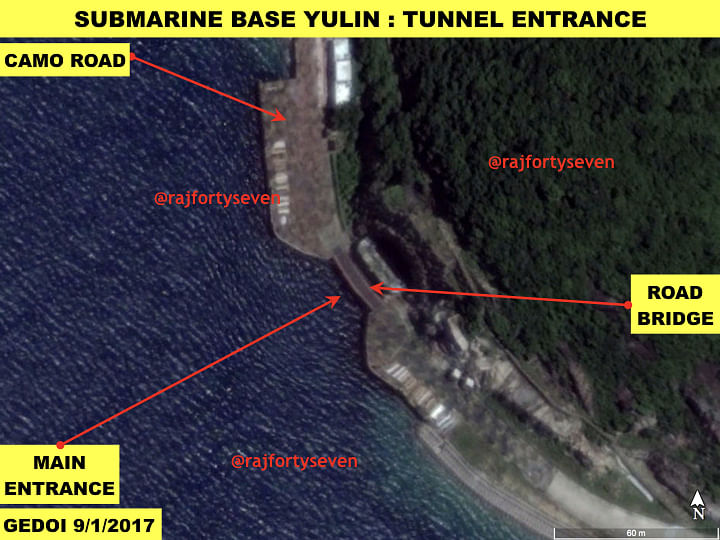
The openings of the three tunnels on the opposite side of the entrance are at different levels from ground, suggesting a huge internal area cleared for various activities of maintenance of submarines and missiles.
The openings on the opposite side indicate that internal length of this tunnel is approximately 900-1,000 m, suggesting a space for at least five or six nuclear ballistic missiles carrying submarines.
Degaussing facility
Every submarine has a certain amount of magnetic field as it is constructed with metal, which becomes accentuated during deployment. This attracts magnetic mines and also makes it easier to identify the location of the submarine. The only way to evade mines and detection is to de-magnetise (degaussing) the submarine before its deployment.
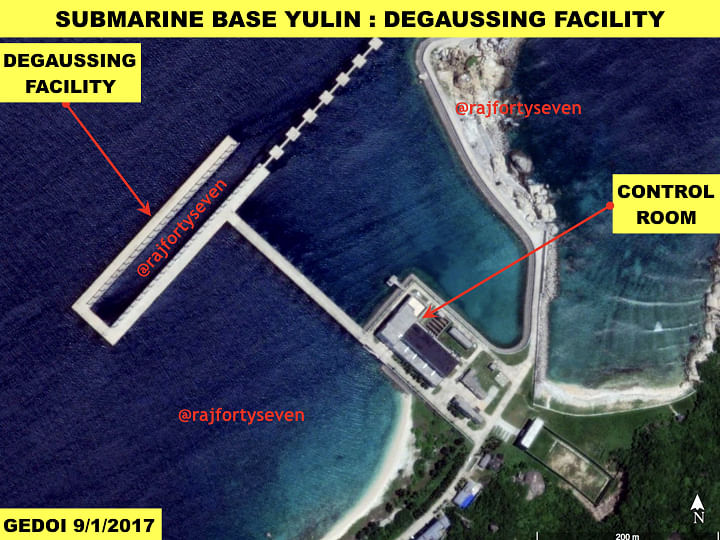
The degaussing facility at Yulin was constructed somewhere between 2007 and 2008 when the Type-94 nuclear ballistic missile carrying submarine (SSBN) of the Chinese navy visited the base for the first time. Until then, the Chinese navy was using ship-based equipment for demagnetisation of submarines.
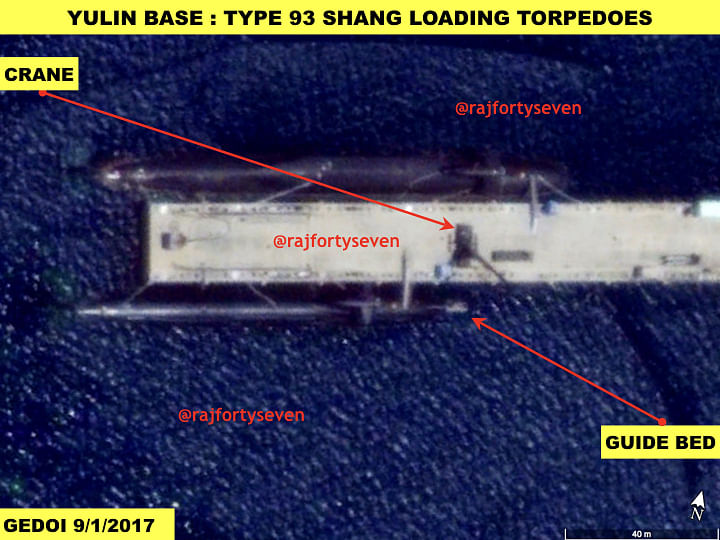
Lingshui Airport
Satellite images received on 23 October 2017 show airborne early warning aircraft and KQ-200 or Y-8GX6 aircraft with magnetic anomaly detector or MAD boom at the airport. These are probably used for surveillance and detection of any aerial, surface or underwater threat that may emerge against Yulin base.
Also seen are five satcom vehicles, part of ground controls systems (GCS), for controlling unmanned aerial vehicles or UAVs.
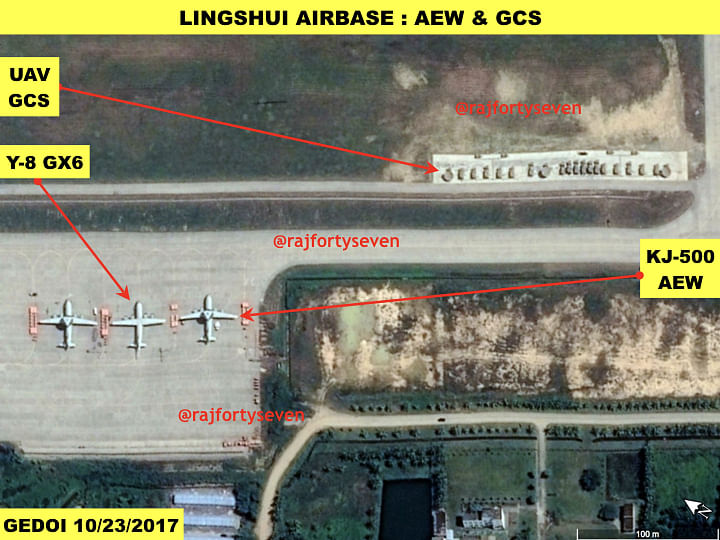
Colonel Vinayak Bhat (retd) is a Military Intelligence veteran of the Indian Army with vast experience of satellite imagery analysis. He has worked as a Chinese interpreter and is a specialist on PLA and Pakistan’s armed forces. He tweets @rajfortyseven


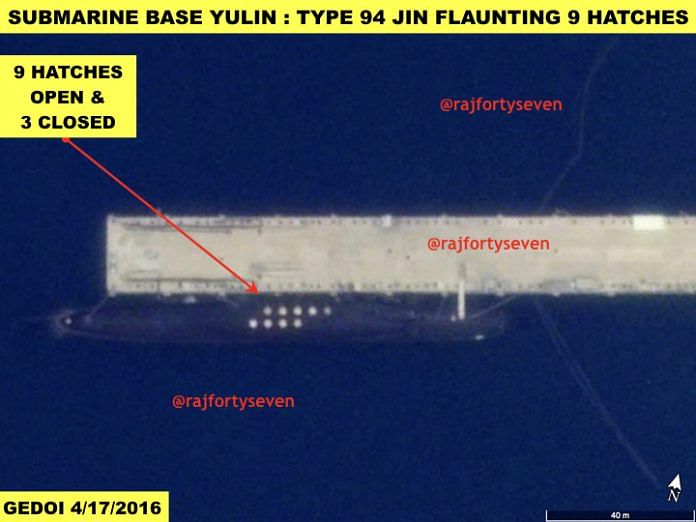

Hit the enemy where it hurts most. The biggest threat to China is not war – it is mere news. Mere words can win the war against China – use their own 3 warfare strategy against them. The only leverage China can use is against democracies, because they are open societies. But bring open-ness into China, and it will implode.
We should distribute China-proof encryption software to the restive regions affecting China – Tibet, Xinjiang, Balochistan, POK etc. – so that the images and clips of govt atrocities can be relayed across the borders. Set up a website that regularly uploads the matter.
Publicize the Chinese communist party & military leaders corruption. Hack the Chinese social media and plant the facts during peak hours. This is cyber terrorism to the maximum.